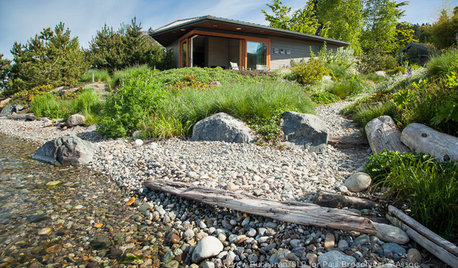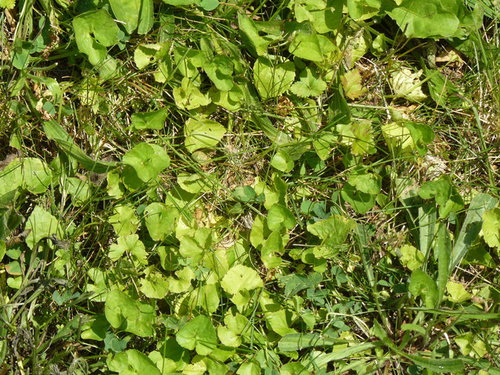Fescue Lawn repair in a transition zone (6B)
agrocoders
9 years ago
Related Stories

BEFORE AND AFTERSSee 6 Yards Transformed by Losing Their Lawns
Wondering whether a turf lawn is the best use of your outdoor space? These homeowners did, and they found creative alternatives
Full Story
SAVING WATERHouzz Call: Are You Letting Go of Your Lawn?
Many facing a drought are swapping turf for less thirsty plantings. If you’re one of them, we’d like to hear about it
Full Story
INSPIRING GARDENSLawn Gives Way to a More Natural Lakeside Garden
Meadow grasses, beach pebbles and driftwood replace turfgrass in a nature-friendly landscape on Lake Washington’s shore
Full Story
GREAT HOME PROJECTSHow to Replace Your Lawn With a Garden
New project for a new year: Lose the turfgrass for energy savings, wildlife friendliness and lower maintenance
Full Story
GARDENING GUIDES5 Great Grasses for a New Lawn
Learn about maintenance, wear tolerance, ideal climate and more for these top turf choices to pick the right one for you
Full Story
FRONT YARD IDEASBefore and After: Front Lawn to Prairie Garden
How they did it: Homeowners create a plan, stick to it and keep the neighbors (and wildlife) in mind
Full Story
MOST POPULARMeet a Lawn Alternative That Works Wonders
Carex can replace turfgrass in any spot, is low maintenance and adjusts easily. Add its good looks and you’ve got a ground cover winner
Full Story
LANDSCAPE DESIGN7 Low-Maintenance Lawn Alternatives
Turf isn't the only ground cover in town. Get a lush no-grass lawn with clover, moss and other easy-care plants
Full Story
LANDSCAPE DESIGNGet Along With Less Lawn — Ideas to Save Water and Effort
Ditch the mower and lower your water bill while creating a feast for the eyes with diverse plantings and gathering places
Full Story
LANDSCAPE DESIGN15 Great Ideas for a Lawn-Free Yard
End the turf war for good with hardscaping, native grasses and ground covers that save water and are easier to maintain
Full Story







agrocodersOriginal Author
agrocodersOriginal Author
Related Professionals
Chattanooga Landscape Architects & Landscape Designers · Hyattsville Landscape Architects & Landscape Designers · Mountain Brook Landscape Architects & Landscape Designers · Mooresville Landscape Contractors · Arlington Landscape Contractors · Cockeysville Landscape Contractors · Hayden Landscape Contractors · Kearny Landscape Contractors · Soddy Daisy Landscape Contractors · Golden Valley Landscape Contractors · Bedford Swimming Pool Builders · Cypress Swimming Pool Builders · La Verne Swimming Pool Builders · Newman Swimming Pool Builders · Rocklin Swimming Pool BuildersagrocodersOriginal Author
agrocodersOriginal Author
agrocodersOriginal Author
agrocodersOriginal Author
agrocodersOriginal Author
beckyinrichmond
forsheems